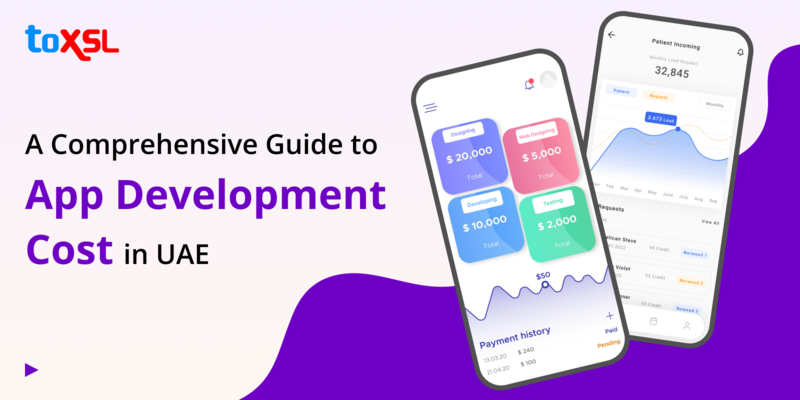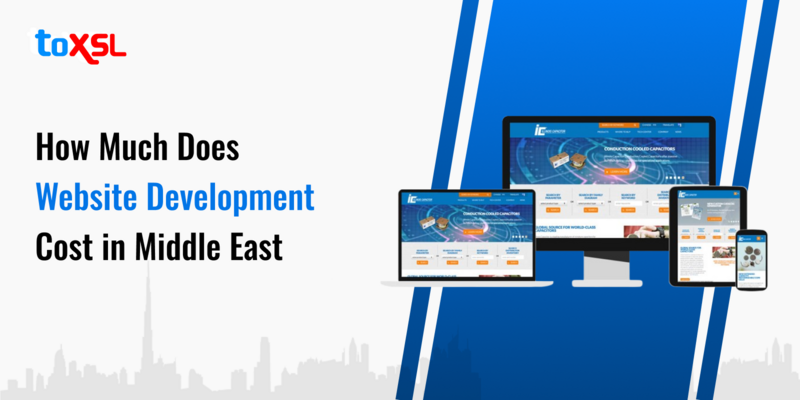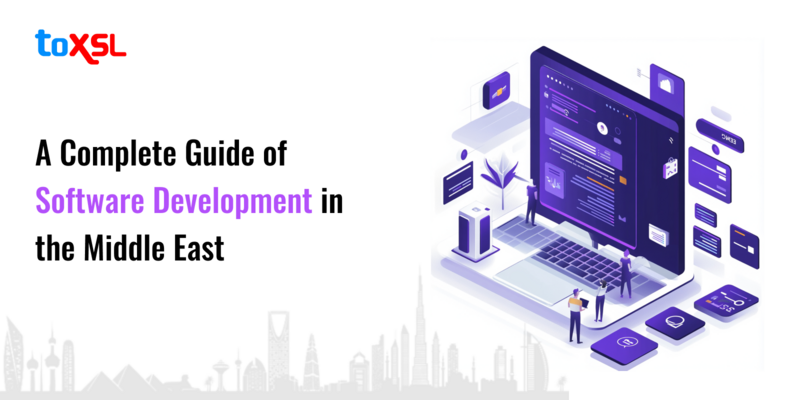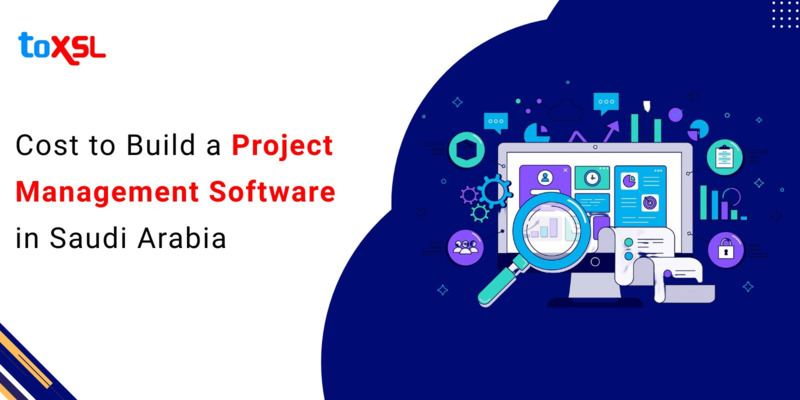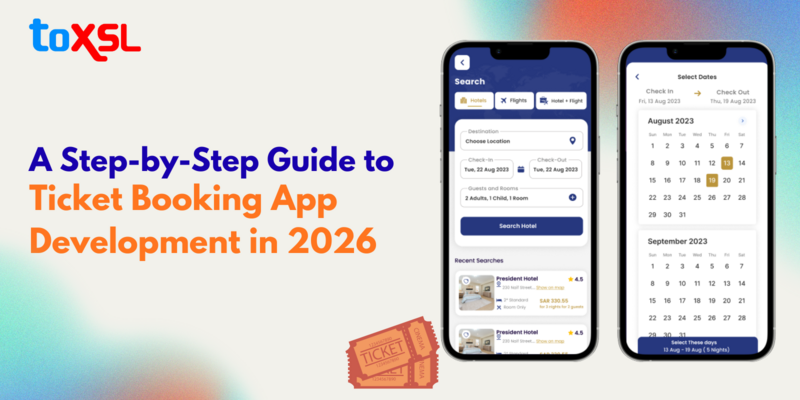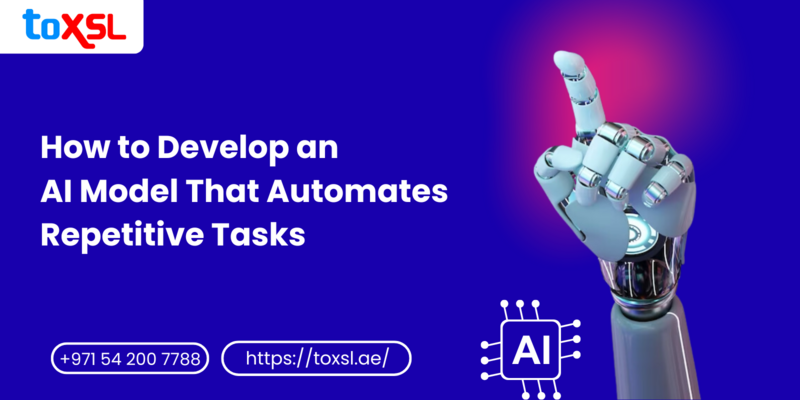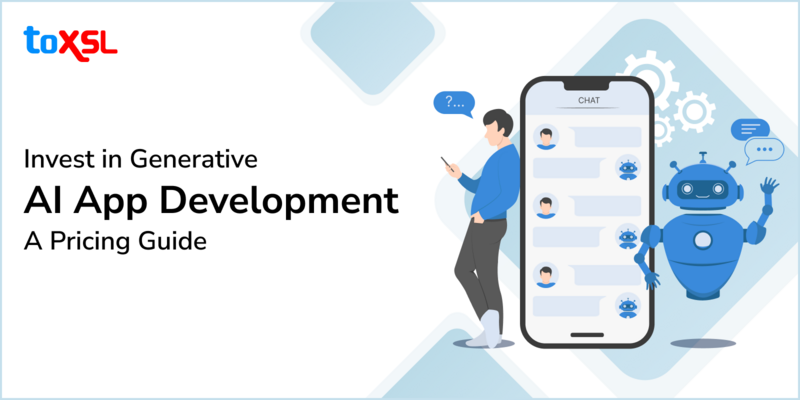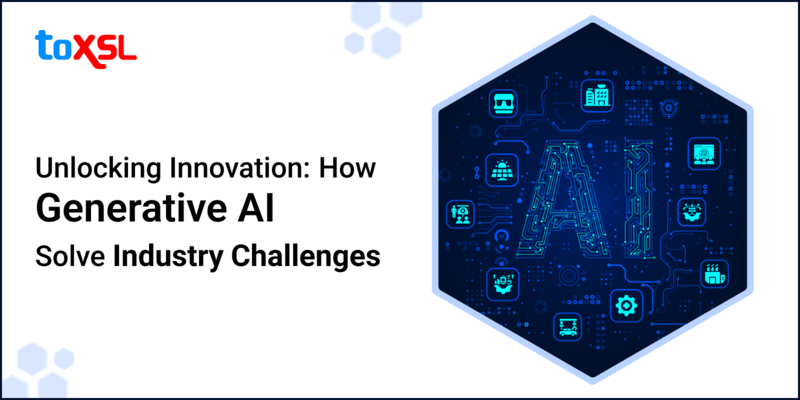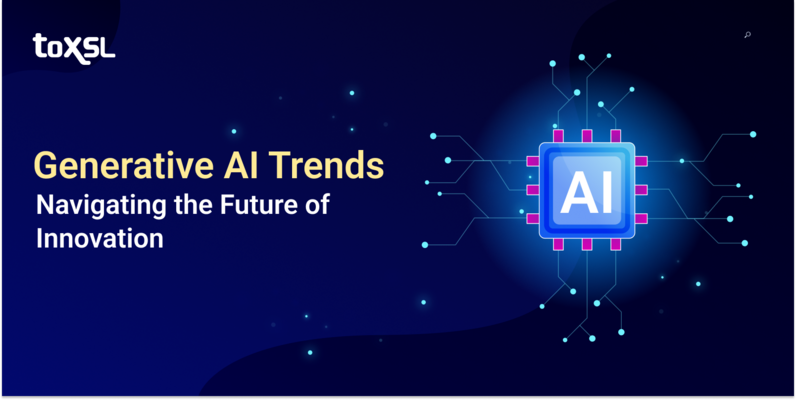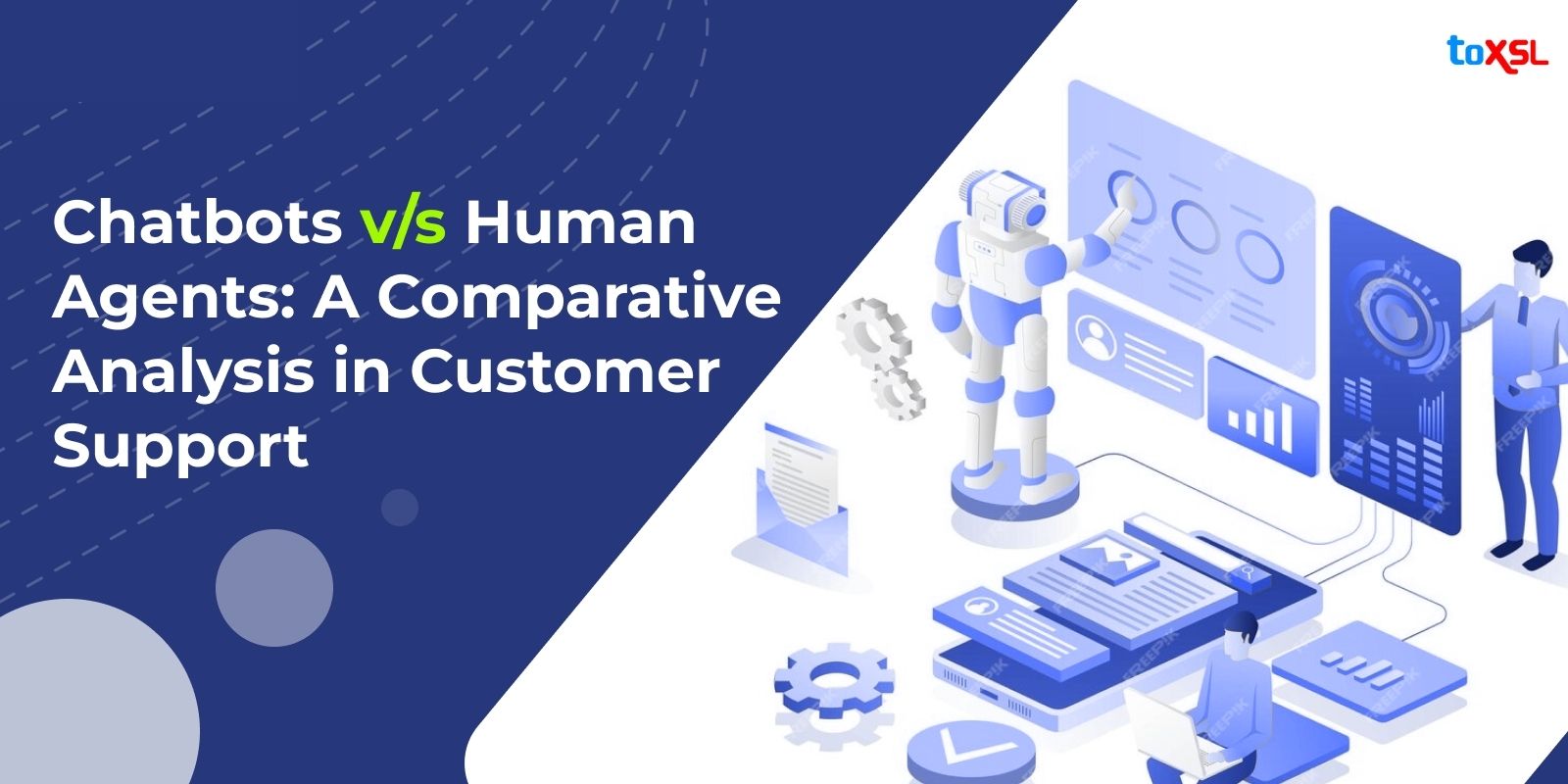
Customer support is vital in today's market landscape. As businesses expand, efficiently scaling support operations becomes increasingly critical. This comparison between AI chatbots and human agents examines their relative merits in training and scaling customer support capabilities.
AI chatbots excel at rapid response times and concurrent query handling, offering round-the-clock availability with unwavering consistency. In contrast, human agents provide empathetic interactions and tailored solutions for intricate problems. Chatbot training involves algorithmic refinement and programming updates, while human agents require continuous learning and skill enhancement. Both approaches have distinct advantages and can synergize effectively within a comprehensive support framework.
Key Takeaways
- AI chatbots provide scalability, cost-efficiency, 24/7 availability, and data-driven insights, making them ideal for handling routine inquiries.
- Human agents excel in empathy, complex interactions, and personalized solutions but require higher costs and continuous training.
- Combining both can enhance overall customer support efficiency.
The Rise of Chatbots in Customer Support
Chatbots have gained significant traction in recent years, with businesses across various industries implementing these AI-powered tools to enhance their customer support operations. These virtual assistants are designed to simulate human conversation and provide instant responses to customer queries, often without the need for human intervention.
Human Agents: The Traditional Approach
On the other hand, human agents have been the backbone of customer support for decades. These trained professionals offer personalized assistance, empathy, and problem-solving skills that can be crucial in complex customer interactions.
Benefits of Training AI Chatbots vs. Hiring Human Agents
Let's explore the advantages of investing in AI chatbots compared to hiring and training human agents for customer support:
1. Scalability and Cost-Effectiveness
One of the primary advantages of AI chatbots in customer support is their scalability. Unlike human agents, who require recruitment, training, and onboarding, chatbots can be quickly deployed and scaled up to handle increasing volumes of customer queries without significant additional cost. This scalability makes chatbots particularly attractive for businesses experiencing fluctuating demand or sudden spikes in customer interactions, such as during product launches or promotional events.
Moreover, the operational costs associated with maintaining chatbots are often lower than those of employing human agents over the long term. Once developed and implemented, chatbots can operate 24/7 without overtime pay or breaks, significantly reducing labor costs for customer support operations.
2. Consistency and Efficiency
AI chatbots excel at providing consistent responses to customer inquiries. They are programmed to adhere to predefined scripts or algorithms, ensuring that every interaction follows a standardized format and tone. This consistency is crucial for maintaining brand voice and customer service standards across various touchpoints.
Furthermore, chatbots can handle routine inquiries and tasks with remarkable efficiency. They can retrieve information from databases instantly, process transactions, and perform repetitive tasks without delay. This efficiency not only improves response times but also frees up human agents to focus on more complex and high-value interactions that require empathy, creativity, or critical thinking.
3. 24/7 Availability
Customer expectations for instant support have risen significantly in the digital age. AI chatbots address this demand by offering round-the-clock availability. They can provide immediate responses to customer queries at any time of day or night, irrespective of time zones or public holidays. This accessibility enhances customer satisfaction and loyalty by reducing wait times and ensuring that urgent issues are addressed promptly.
4. Data-Driven Insights
AI chatbots are powerful tools for gathering and analyzing customer data. Through interactions with customers, chatbots can collect valuable insights regarding customer preferences, frequently asked questions, and pain points. This data can inform strategic decisions across various business functions, including product development, marketing campaigns, and customer service enhancements. Machine learning algorithms enable chatbots to continuously improve their responses based on real-time feedback and interaction patterns, further enhancing their effectiveness over time.
Challenges of Training Human Agents
While AI chatbots offer compelling advantages, human agents remain indispensable in customer support for several reasons, albeit with their own set of challenges.
1. Empathy and Complex Interactions
One of the primary strengths of human agents is their ability to empathize with customers and handle complex interactions effectively. Unlike chatbots, human agents can understand nuanced language, interpret emotions, and adapt their responses accordingly. They can provide personalized assistance, build rapport with customers, and navigate sensitive situations with empathy and discretion. However, developing these soft skills requires comprehensive training and ongoing coaching, which can be time-consuming and costly for businesses.
2. Skill Variability and Training Costs
Human agents come with varying levels of experience, skills, and expertise. Training new agents to meet the standards of customer service excellence can be challenging, particularly in industries where specialized knowledge or technical proficiency is required. The costs associated with recruiting, training, and retaining skilled agents can be substantial, especially when considering turnover rates and the need for continuous professional development.
3. Limitations in Scalability
Unlike AI chatbots, the scalability of human agents is limited by practical constraints such as recruitment timelines, training durations, and workforce availability. Businesses may struggle to meet sudden increases in customer demand or unexpected peaks in call volumes, leading to longer wait times and potential customer dissatisfaction. Balancing workforce capacity with fluctuating demand requires strategic workforce planning and investment in recruitment pipelines to ensure adequate staffing levels during peak periods.
4. Human Errors and Burnout
Human agents are susceptible to errors, fatigue, and burnout, which can impact the quality of customer interactions. Mistakes in the provision of information or the handling of customer complaints can lead to negative experiences and reputational damage for businesses. Managing agent workload, implementing effective performance metrics, and prioritizing employee well-being are crucial aspects of maintaining high-quality customer support operations.
What are the limitations of AI chatbots?
AI chatbots have revolutionized customer support and interaction in many ways, but they are not without their limitations. Understanding these limitations is crucial for businesses aiming to deploy chatbots effectively in their customer service strategies. Here are some key limitations of AI chatbots:
1. Hard to Understand Natural Language
While AI chatbots have made significant strides in natural language processing (NLP), they still struggle with understanding context, nuances, and colloquialisms in human language. This limitation becomes evident in conversations that require intricate reasoning, ambiguous requests, or cultural references that are not explicitly programmed into their algorithms. As a result, chatbots may misinterpret customer inquiries, leading to frustration and suboptimal user experiences.
2. Inability to Handle Complex Queries
AI chatbots are typically designed to handle routine and predictable tasks effectively. However, they often falter when faced with complex queries that require deep domain knowledge, abstract thinking, or creative problem-solving abilities. Tasks involving legal advice, medical diagnoses, or technical troubleshooting beyond basic FAQs may exceed the capabilities of current AI technologies. Human agents, with their ability to apply judgement and critical thinking, remain essential for addressing such complex scenarios.
3. Dependence on the Data
The performance of AI chatbots heavily relies on the quality and quantity of data used to train them. If the training data is incomplete, biased, or not representative of real-world interactions, chatbots may exhibit inaccuracies, biases, or limited responsiveness. Moreover, chatbots may struggle to adapt to new or unforeseen scenarios if their training data does not adequately cover diverse use cases. Continuous monitoring, updating, and refining of training data are essential to mitigate these issues but require an ongoing investment of resources.
4. Lack of Emotional Intelligence
One of the most significant shortcomings of AI chatbots is their inability to demonstrate empathy and emotional intelligence in customer interactions. While chatbots can simulate empathy through scripted responses and predefined algorithms, they cannot genuinely understand or connect with human emotions in the way human agents can. Empathetic responses are crucial for resolving sensitive issues, de-escalating conflicts, and building rapport with customers—aspects where human agents excel.
5. Limited Ability to Learn
AI chatbots rely on machine learning algorithms to improve their performance over time. However, their learning capabilities are constrained by the structured nature of their training data and the algorithms used. Chatbots may struggle to adapt to dynamically changing conversational patterns, customer preferences, or evolving industry jargon without continuous supervision and intervention from human trainers. This limitation can hinder their ability to provide accurate and contextually relevant responses in real-time.
6. Security and Privacy Concerns
AI chatbots that handle sensitive customer data must adhere to stringent security protocols to protect user privacy and prevent data breaches. Despite advancements in cybersecurity measures, chatbots remain susceptible to vulnerabilities such as hacking, data leaks, or unauthorized access. Businesses must implement robust security frameworks and regularly update their chatbot systems to mitigate these risks and uphold trust with customers.
7. Customer Perception and Acceptance
Lastly, the acceptance and perception of AI chatbots among customers vary widely. Some customers appreciate the convenience and efficiency offered by chatbots, while others prefer interacting with human agents for their personalized attention and reassurance. Skepticism or distrust towards AI technologies may arise from previous negative experiences, concerns about data privacy, or simply a preference for human interaction. Businesses must carefully manage customer expectations and provide clear communication regarding the role and capabilities of chatbots to foster acceptance and trust.
Conclusion
both chatbots and human agents have their own advantages and disadvantages in customer support. While chatbots are cost-effective and scalable, they may struggle with complex issues that require a deeper level of understanding. Human agents, on the other hand, can provide personalized assistance and support to customers but may be more expensive and require more training and hiring processes. Ultimately, the choice between chatbots and human agents in customer support will depend on the specific needs of the business and its customers. By carefully considering these factors, businesses can make an informed decision that best meets their customer support goals. So, if you are looking to develop an AI chatbot that can help you make communication easy, boosting business revenue, contact us to learn more.
1. What are the main advantages of using AI chatbots in customer support?
AI chatbots offer several key advantages, including 24/7 availability, allowing them to respond to customer inquiries at any time. They can handle multiple queries simultaneously, leading to quicker response times and reduced wait periods. Additionally, chatbots are cost-effective, requiring less ongoing maintenance compared to human agents, which helps businesses save on staffing costs.
2. How do chatbots and human agents compare in terms of cost efficiency?
Chatbots are generally more cost-efficient because they can manage a high volume of inquiries without the need for salaries, benefits, or extensive training. Once implemented, their operational costs remain low. In contrast, human agents incur higher costs due to salaries and the need for ongoing training and development.
3. How does customer satisfaction differ between interactions with chatbots and human agents?
Customer satisfaction can vary significantly based on the type of interaction. Chatbots tend to improve satisfaction for simple inquiries due to their speed and efficiency. However, studies show that replacing human agents with chatbots can lead to decreased satisfaction scores when customers face complex or emotional situations, highlighting the importance of the human touch.
4. What is the future outlook for AI chatbots in customer support?
The future of AI chatbots in customer support looks promising, with predictions indicating that by 2025, up to 80% of customer interactions may be handled by AI. As technology advances, chatbots will likely become more capable of managing complex queries while still requiring human oversight for sensitive issues. This trend suggests an increasing reliance on AI while maintaining a balance with human support.

